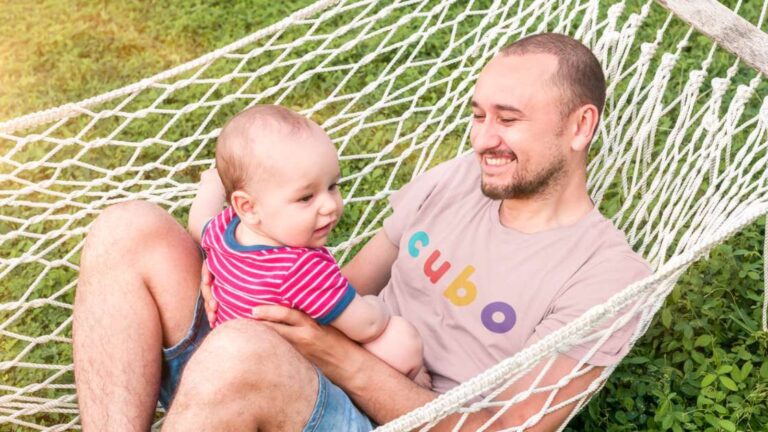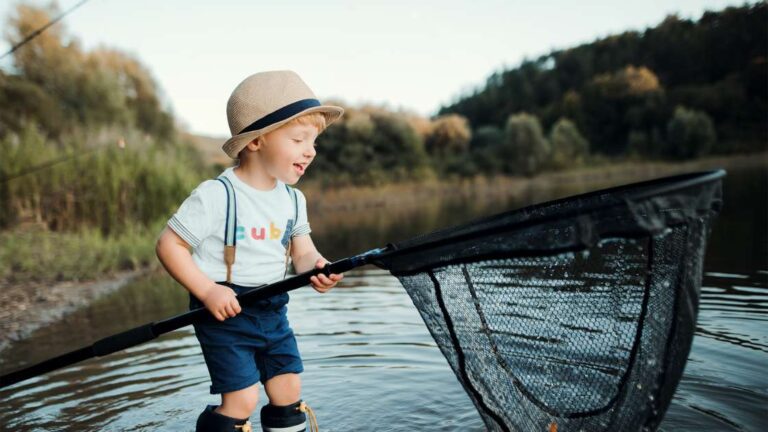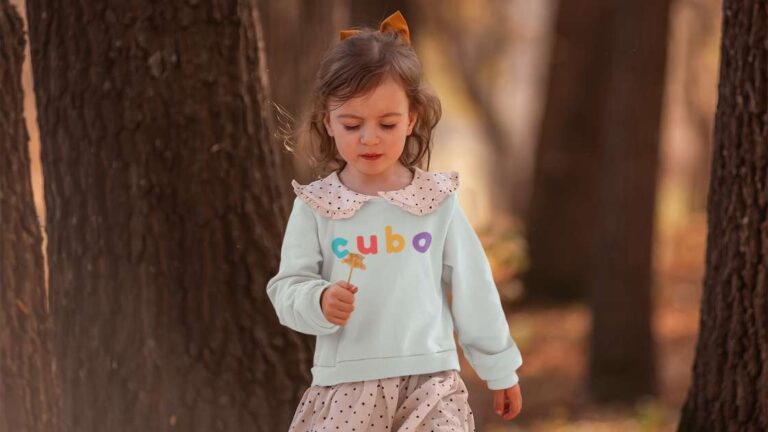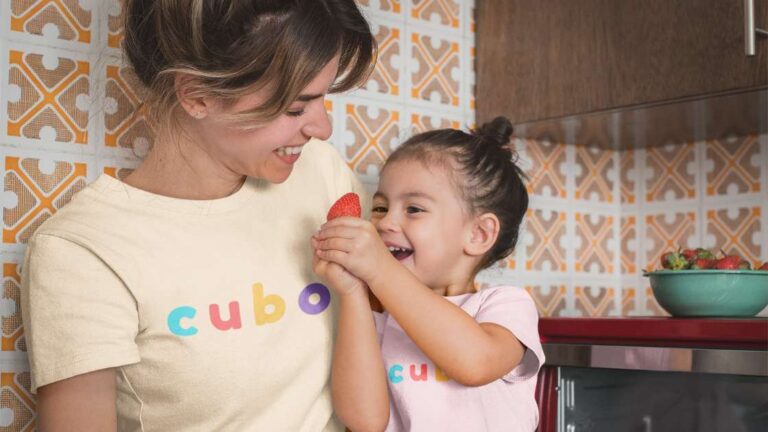With the holidays zooming in faster than the spread of Omicron, preschool teachers and educators are the busiest teaching about holidays like Halloween, Thanksgiving, Christmas, New Year, Three Kings, Chinese New Year, and Valentine whether they practice it culturally or not. It’s a dilemma where teachers integrate it as an early learning subject to discover the world or to achieve cultural competence. The other side of the coin refuses this approach as it’s not an integral part of the children’s life leaving them confused. So as a parent or educator, what can you do? We rounded up the 5 ways to teach culture to babies and toddlers in this blog.
We have listed down Filipino icons that is breaking in the kids entertainment industry here.

Learning about culture or being culturally competent is a strong subject in the early years supporting the early years’ outcomes children’s self-identity and connecting with and contributing to the world. Children learn about who they are by understanding the world around them and what they practice. In childcare, children learn about the culture of the land, the culture around them, and the culture they bring. They learn about holidays, celebrations, sports, education, and other themes that will make up their view of the world. Through learning multiculturally, our children not only discover the world but also have a diverse and open perspective of self and others. This paves way for children to understand diversity and inclusion.
But how do we teach culture so early to babies and toddlers, you might ask? It will take time before children can do arts and crafts to make native lanterns or celebratory decors. It’s nonsensical to discuss this in-group time as this doesn’t seem to be an age-appropriate subject. The answer is, we can teach them in so many ways based on how they currently understand and know the world. We can teach them by approaching with a development-appropriate method of learning. For instance, we can introduce culture through music by replacing drums with a djembe or through food by serving prata instead of a toast during snacks. In this blog, let’s list what you can do at home and how you can elevate their experience.
A Multiage Cultural Incursion for Babies, Toddlers, and Preschoolers

1 / Music
Babies, toddlers, and preschoolers love the sound and rhythm either by listening or making music of their own. During the children’s week when we visited the Abbotsford farm, there was an African drummer who hosted a djembe drumming experience with a kindergarten group that my toddler happily jumped in. One of the parents in the early learning center I worked in presented a djembe and dance performance with children joining in.

2 / Food
We take advantage of the years where they discover the different tastes of food and form their palette. Children can learn about food diversity through gardening, baking, cooking, food prepping, and dining. For babies and young toddlers, they can play with and smell the texture of seasonings and spices. However, be mindful of safety around food such as food allergy, freshness, and waste.

3 / Eye-hand coordination
There are native or traditional toys and trinkets that your children can play with to learn early skills. Instead of buying branded Montessori toys, you can instead get a local equivalent to it. For instance, get a native zip coin wallet or buttoned bags that tourists usually buy. You can also get toys you played with as a child that are no longer widely available such as spinning tops.

4 / Costumes
Children can both see and feel the texture of the clothes, hat, shoes, slippers, scarf, and other parts of the ensemble to understand differences and similarities of culture. If it’s not child-sized, that’s fine. Children are actually drawn to mimic and dress up as adults.

5 / Storytelling
And the last approach in this 5 ways to teach culture is to open up books that offer a window to different cultures either through an audio book featuring different music from around the world, a book with native symbols in the illustrations, story stones with painted symbols, traditional hand or shadow puppets, or wood carved figurines.
While living in Melbourne, my daughter and I attended a cultural awareness project at ArtPlay. It was a theatrical presentation that involved crawling and walking babies to participate. The storyline is that a Korean grandmother invited these babies to her house so that they get immersed to what she do everyday. It was created by a Korean performing artist and was inspired to write this play for her own daughter. I’m preparing a cultural curriculum for the early years based on this so subscribe to our website to get updates on when this will be released.
This project is still ongoing and if you are based in Melbourne, head to the official Obang website to participate.
If you have loved 5 Ways to Teach Culture to Babies and Toddlers, make sure to subscribe to our newsletter to receive high quality early learning articles in the future.

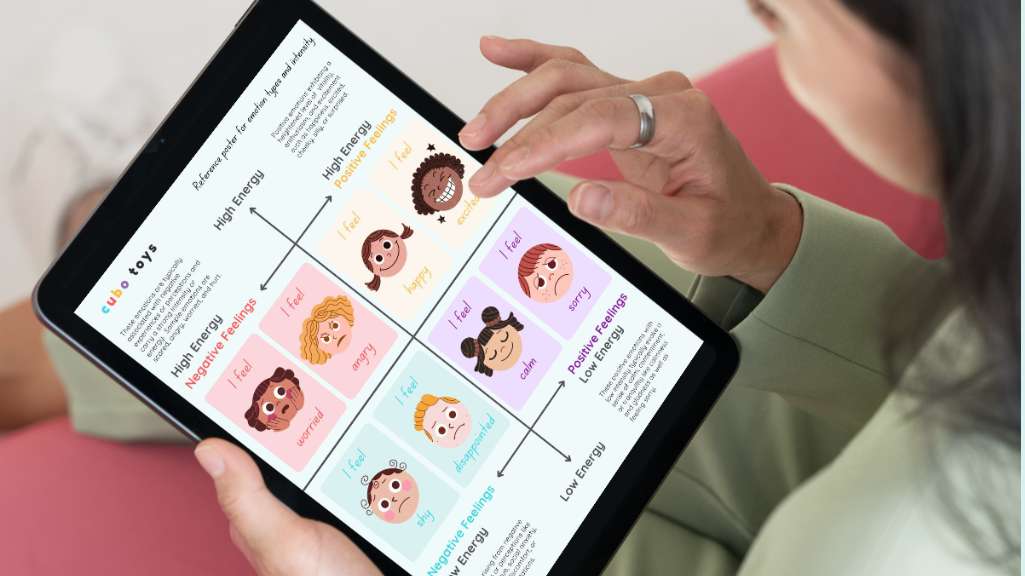
Get ready for smoother days~!
You can drive test our beautiful products by printing our social emotional learning lesson plans.


 Unwrap our holiday deals to gift to your pres
Unwrap our holiday deals to gift to your pres





